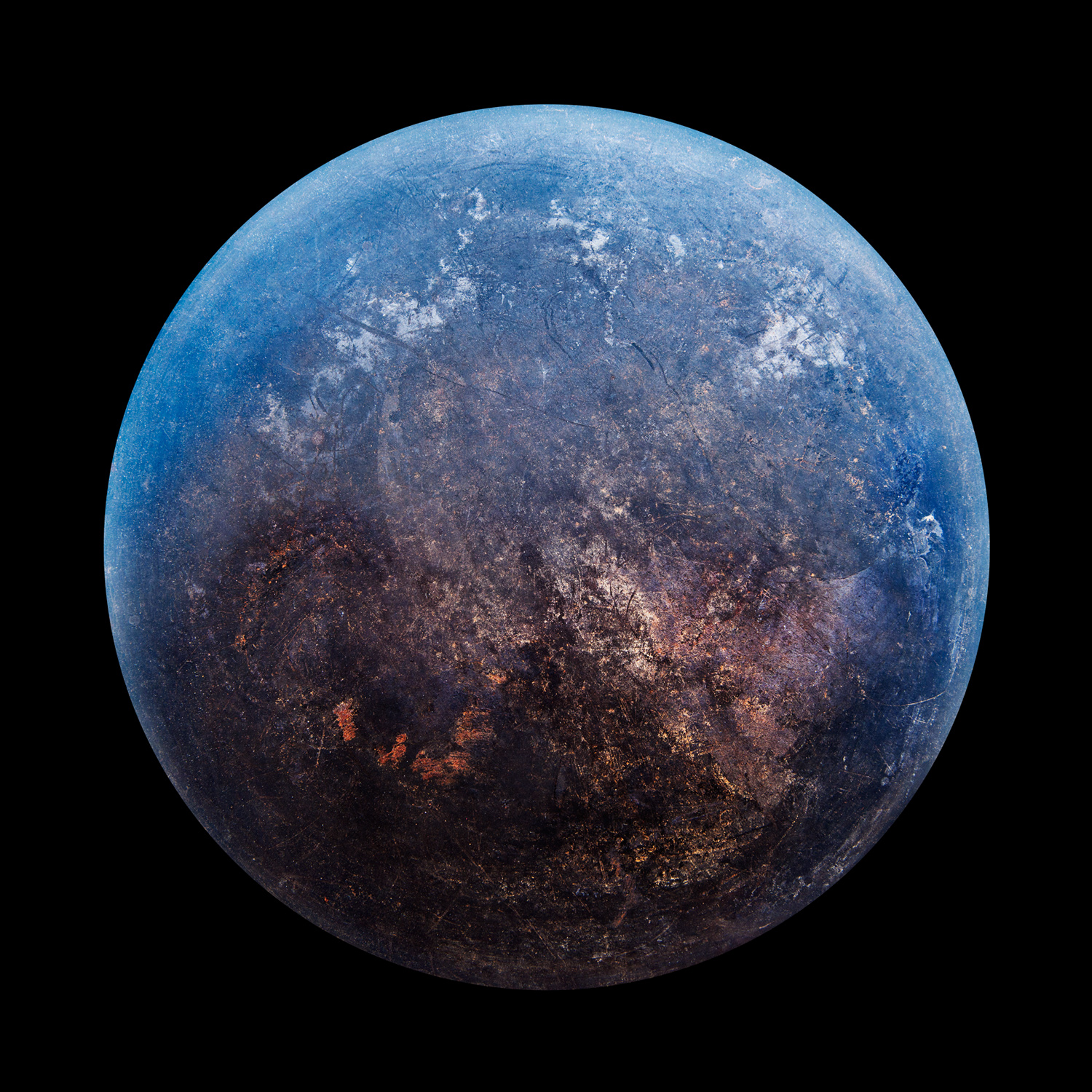
What began in 2003 as an exploration of the mundane world of kitchenware has morphed over the past decade into something much more profound for Norwegian photographer Christopher Jonassen.
Devour is Jonassen’s series of still lifes of the bottoms of old frying pans — a series that, despite its quotidian subject matter, manages to touch upon (quite literally) universal concerns.
“When I was studying abroad in Australia,” Jonassen recalls, “I lived in a cheap share house with some friends, and the cooking utensils were banged up in a pretty bad way.” He began photographing the pans as a way to reflect on “the repetitive and mundane actions we do every day.” Jonassen dug through the cellars and attics of friends and family members, looking for likely candidates. But his favorite pans were those used by the local boy scout troop.
“They bring out big iron pans and put them directly into an open fire out in the woods,” Jonassen says. “Heavy iron pans, burnt black and scraped with knives.”
He shot hundreds of pans over the course of several years, all the while refining the vision, and is still working on the project today. While most of the pans look similar to the way they did when he first found them, Jonassen rubbed oil on a few to enhance their texture, and relied on lighting techniques and basic Photoshop to achieve his results.
“I think it’s important to notice the beauty in the small things we surround ourselves with everyday,” Jonassen says, and Devour is, in part, his own vivid testament to that belief. Note the rich, molten red of Slide #1 and the gorgeous cerulean blues in Slide # 6. The poet Walt Whitman voiced a similar tenet — a faith in the profound significance of the littlest things — in his 1855 masterpiece, “Song of Myself”:
I believe a leaf of grass is no less than the journey-work of the stars…
And the narrowest hinge in my hand puts to scorn all machinery…
Perhaps the most striking thing about the pictures is how closely, and how eerily, these ordinary kitchen pans resemble planets and moons — an effect that Jonassen says was intentional. “I found that each pan more or less had a planet hidden inside it,” Jonassen says, “and it was up to me to discover it.” Slide #3 resembles Mars, even down to the planet’s polar ice caps of solid carbon dioxide. Slide #8 brings to mind Neptune, whose tranquil blue appearance belies winds that reach 1,300 miles per hour.
There’s something thrilling about how the project threads this needle — from a kitchen cabinet, across the reaches of space, to alien worlds. Thus, Jonassen seems to heed the words of the poet William Blake, who in 1803 asked his readers to “see a world in a grain of sand, / And a heaven in a wild flower.”
Jonassen began the project interested in the cooking pan as an emblem of the ordinary, but he soon became fascinated by “how everyday life was wearing out the metal of the pans, one tiny scratch at a time.” He says he wants to create “a link between the small traces we leave behind every day, [and] the enormous impact this adds up to over time. I am very concerned about the way we are treating this planet. The title also reflects this. ‘Devour’ means to eat up greedily; to destroy, consume and waste; to prey upon voraciously.” Thus, Jonassen draws a subtle, visually compelling link between the destruction of a banged-up pan and the degradation of our blue planet.
To see a world in a grain of sand … and the cosmos in a frying pan. It’s not quite Blake, perhaps, but for photography fans, Devour offers a rare, unexpected form of poetry for the eye.
Christopher Jonassen is an internationally acclaimed artist based in Norway.
Myles Little is an associate photo editor at TIME.
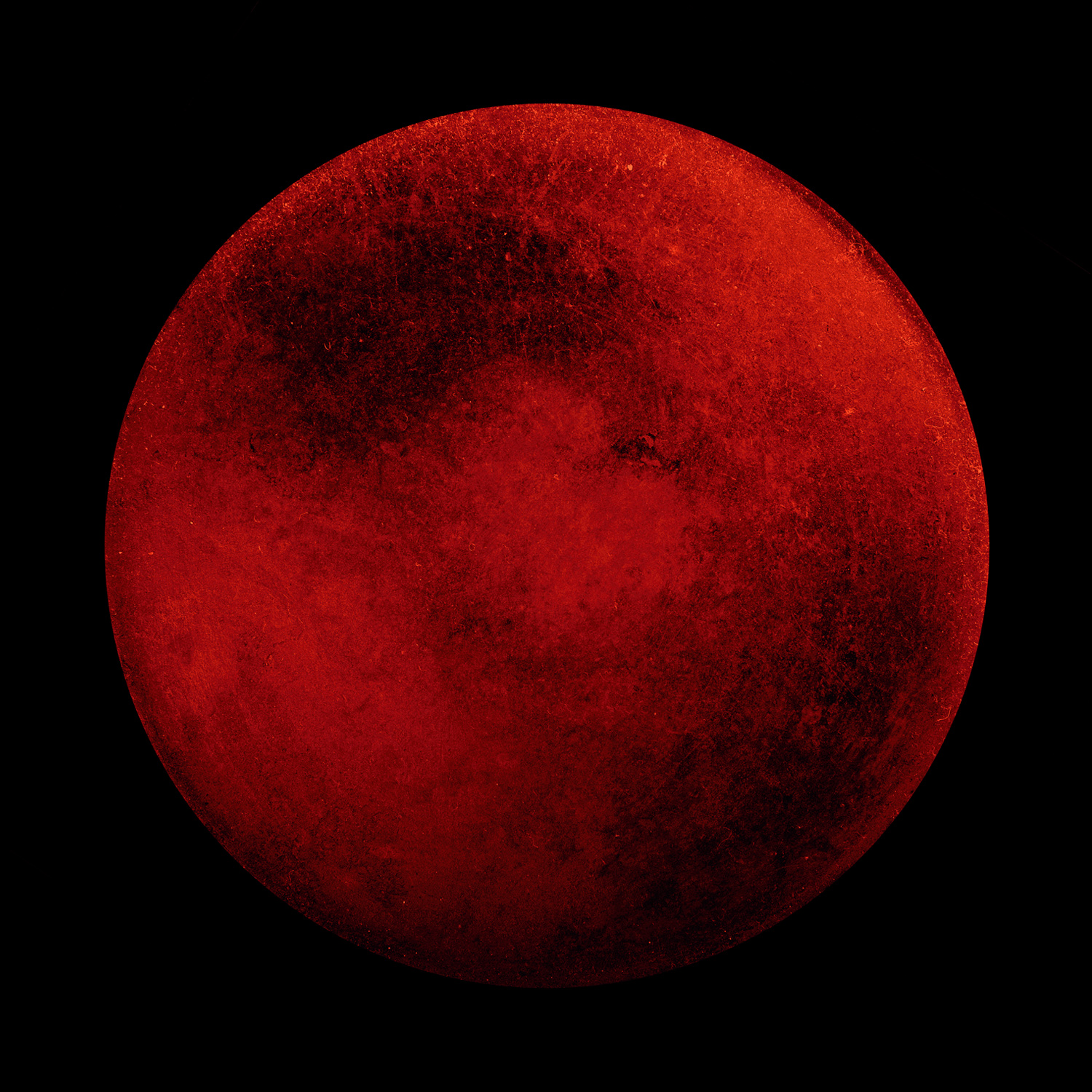


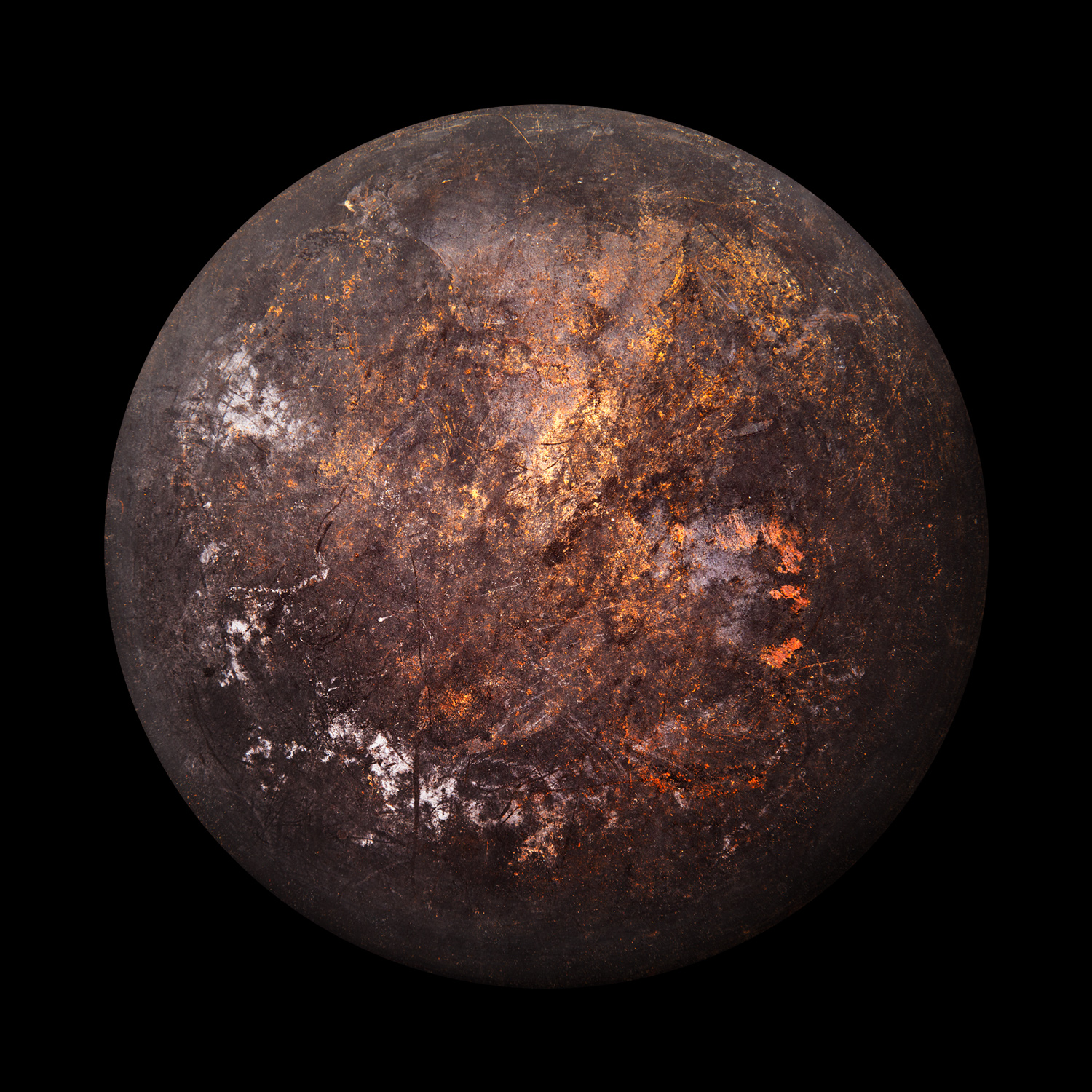
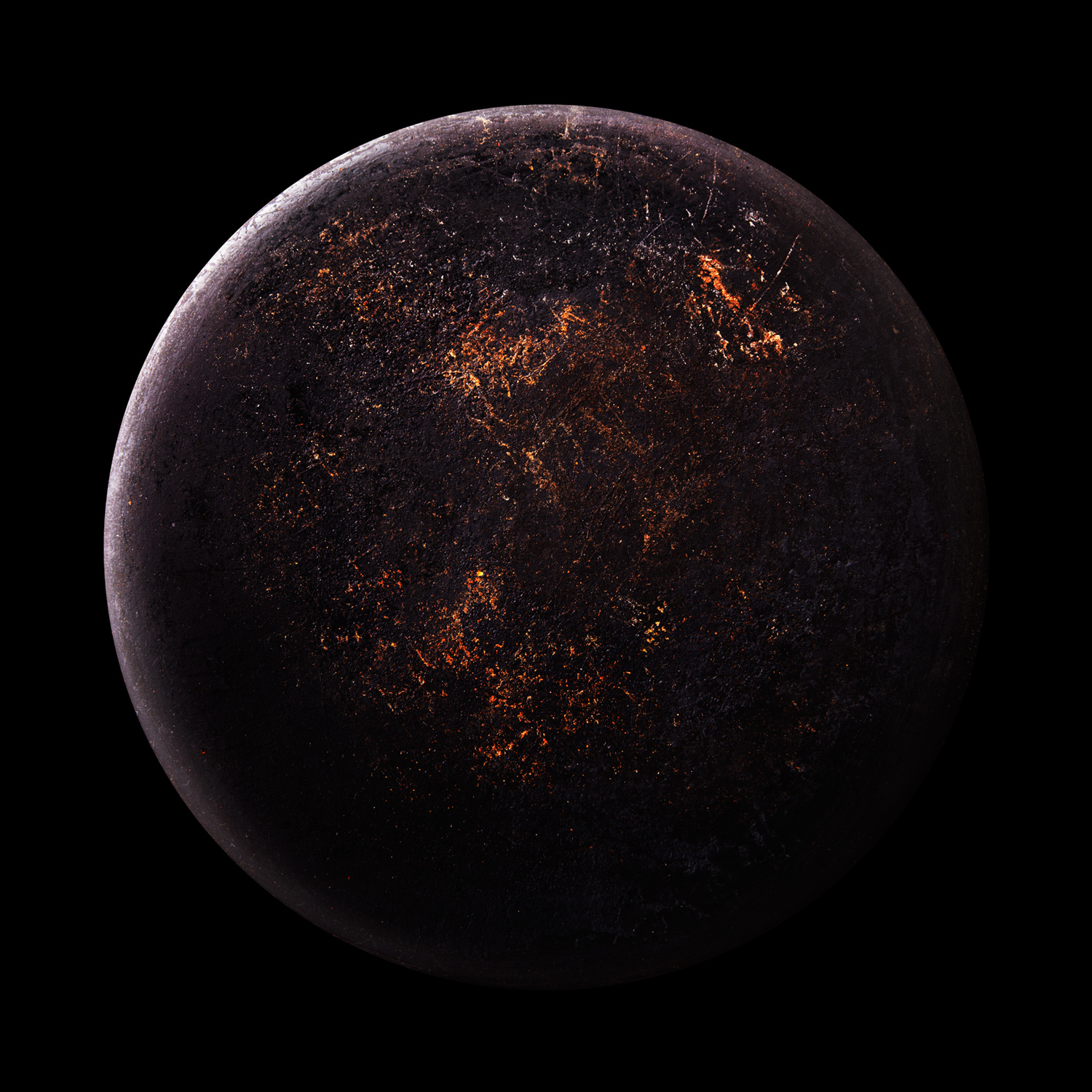

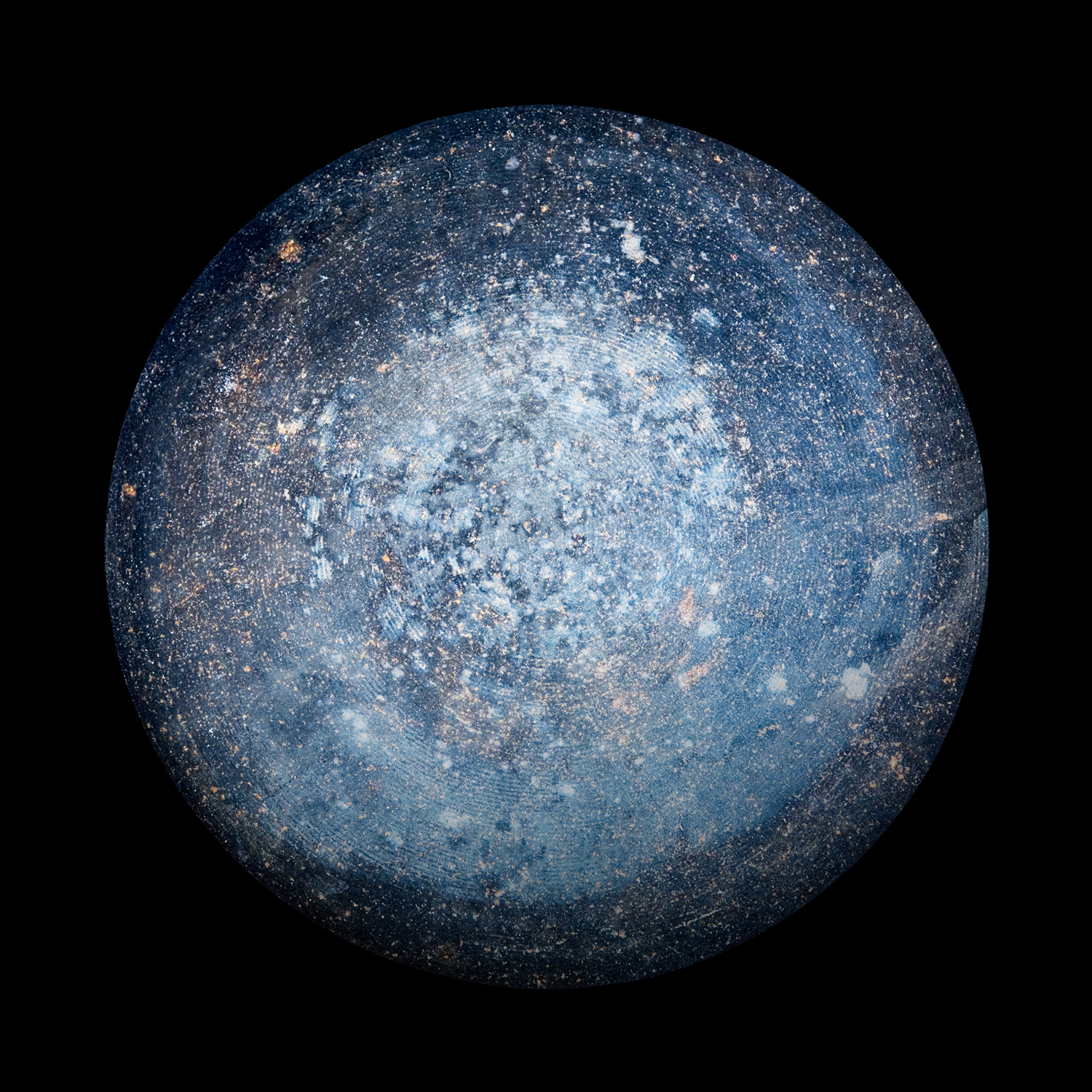


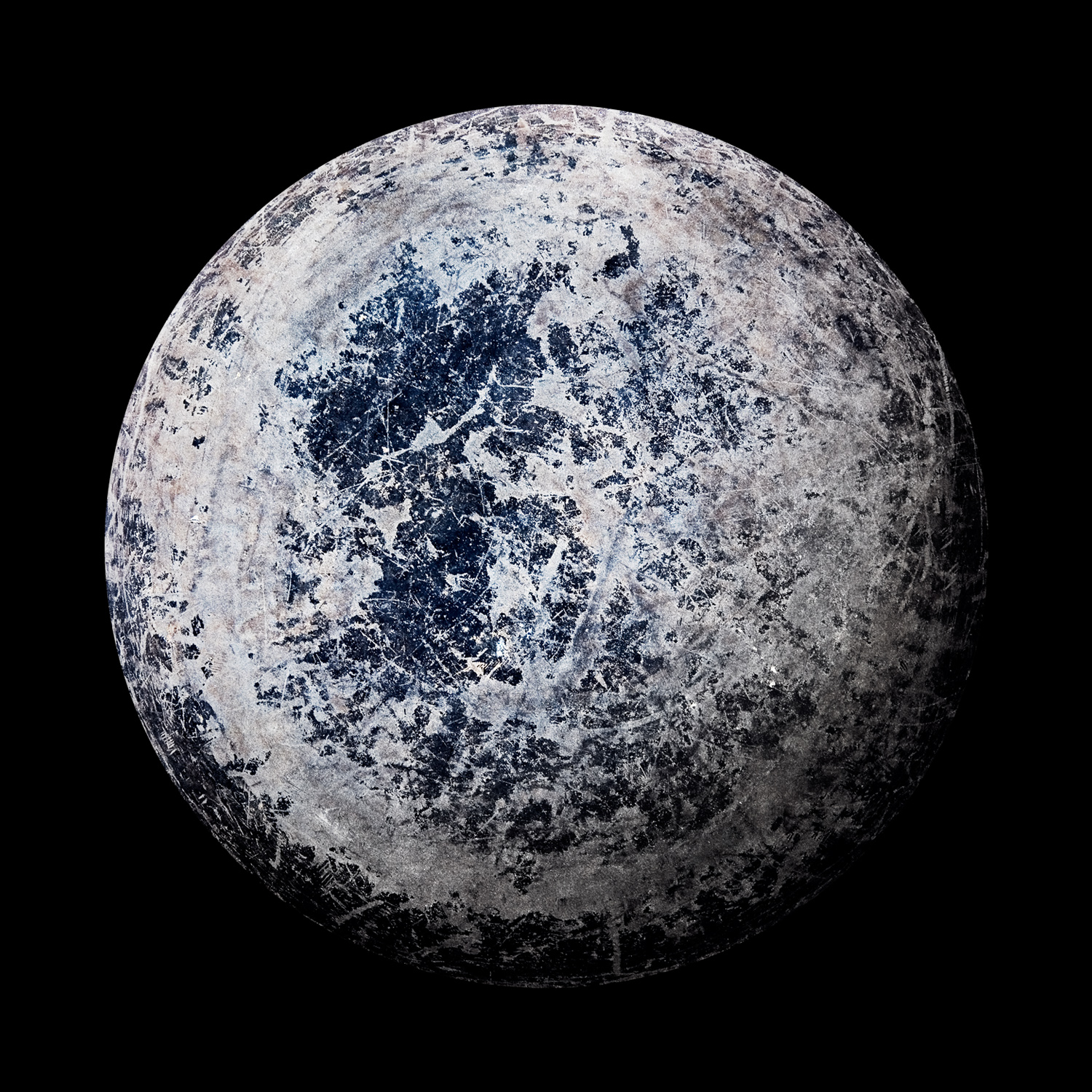
More Must-Reads from TIME
- Donald Trump Is TIME's 2024 Person of the Year
- Why We Chose Trump as Person of the Year
- Is Intermittent Fasting Good or Bad for You?
- The 100 Must-Read Books of 2024
- The 20 Best Christmas TV Episodes
- Column: If Optimism Feels Ridiculous Now, Try Hope
- The Future of Climate Action Is Trade Policy
- Merle Bombardieri Is Helping People Make the Baby Decision
Contact us at letters@time.com